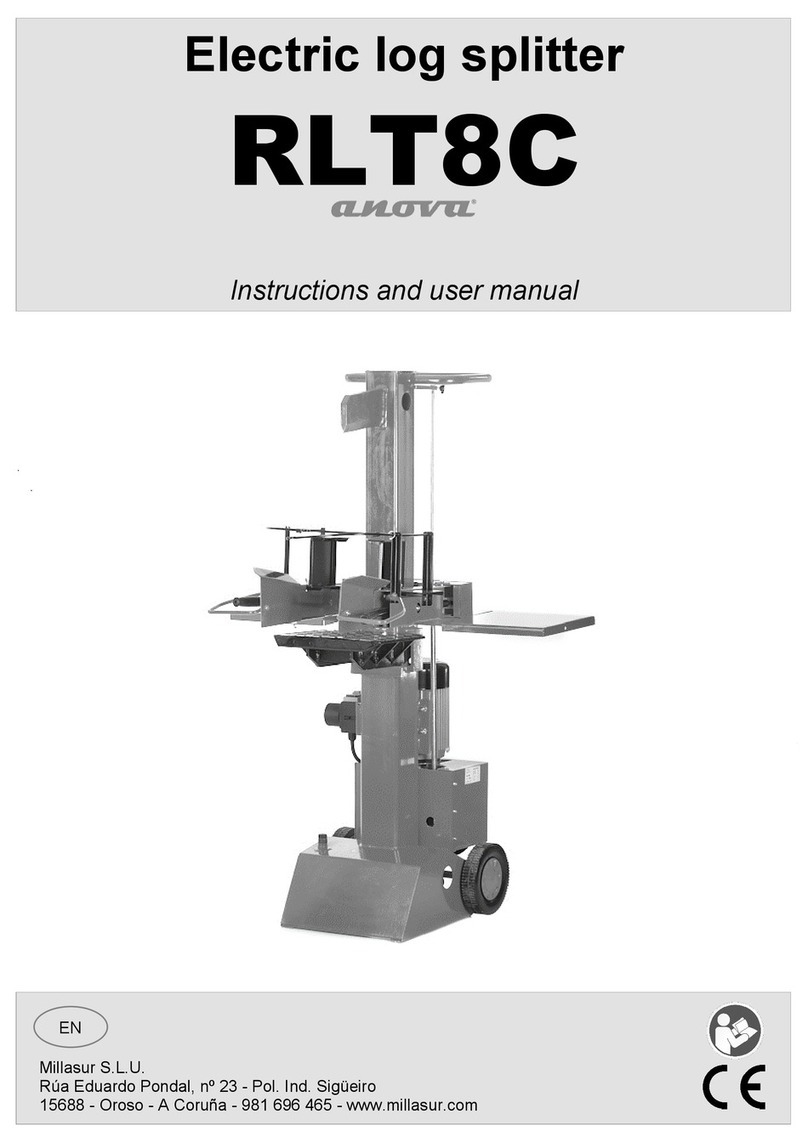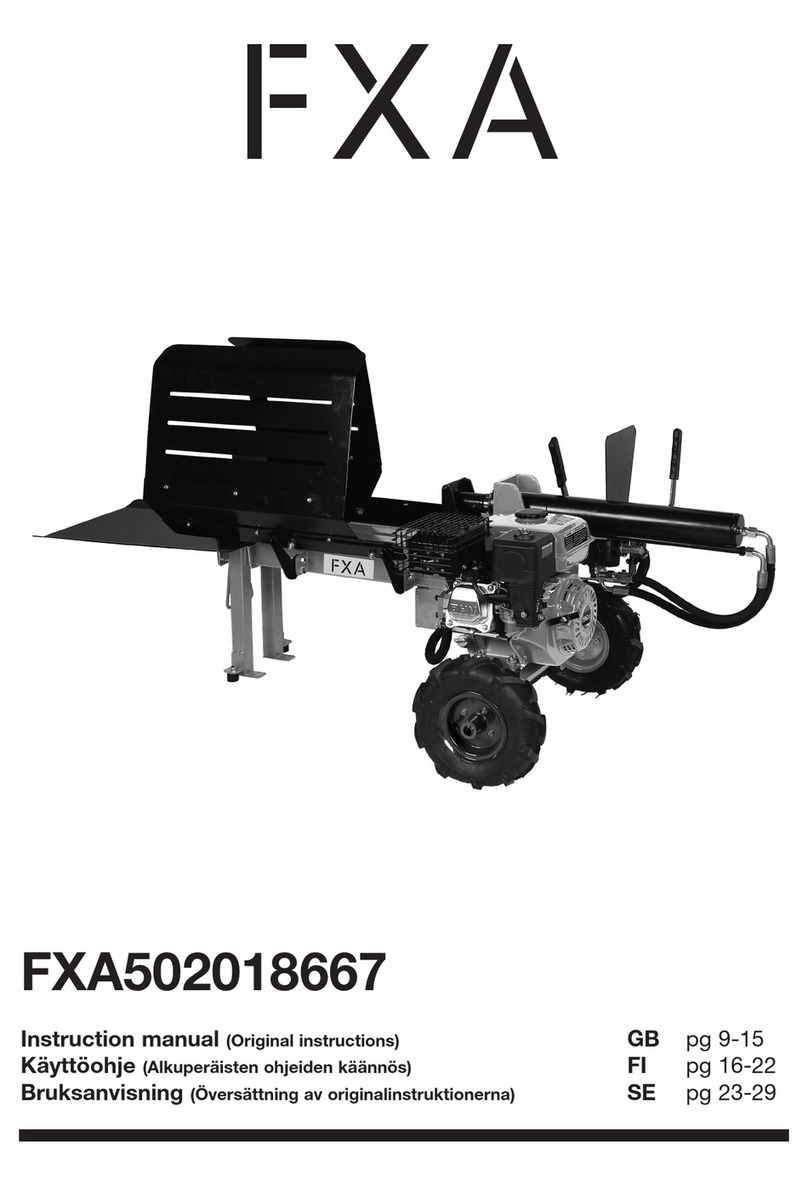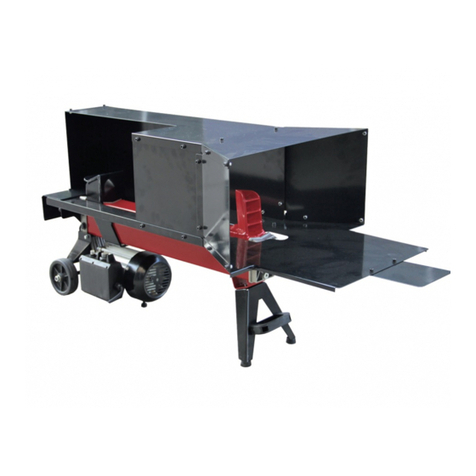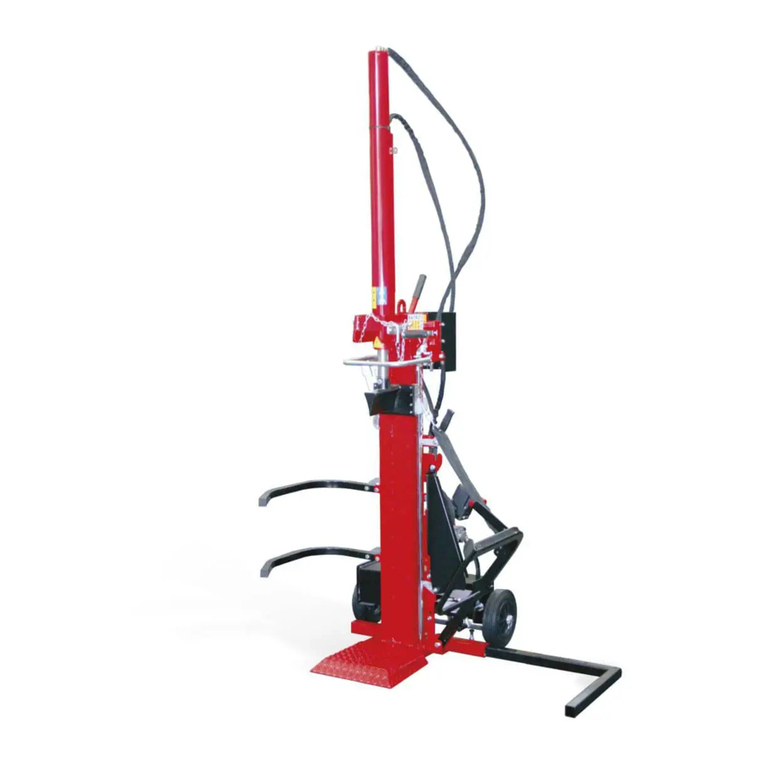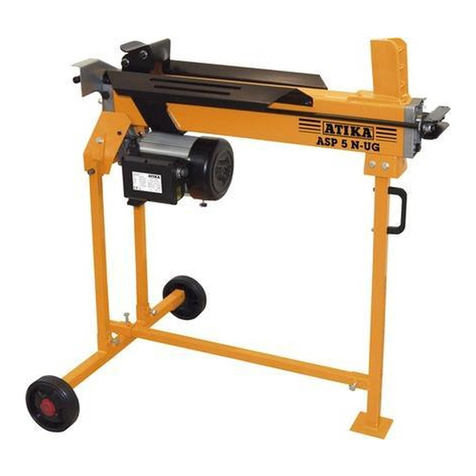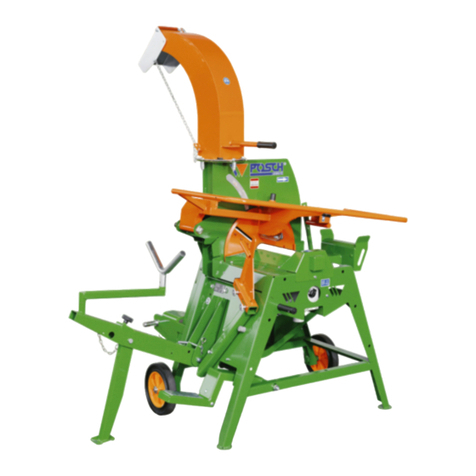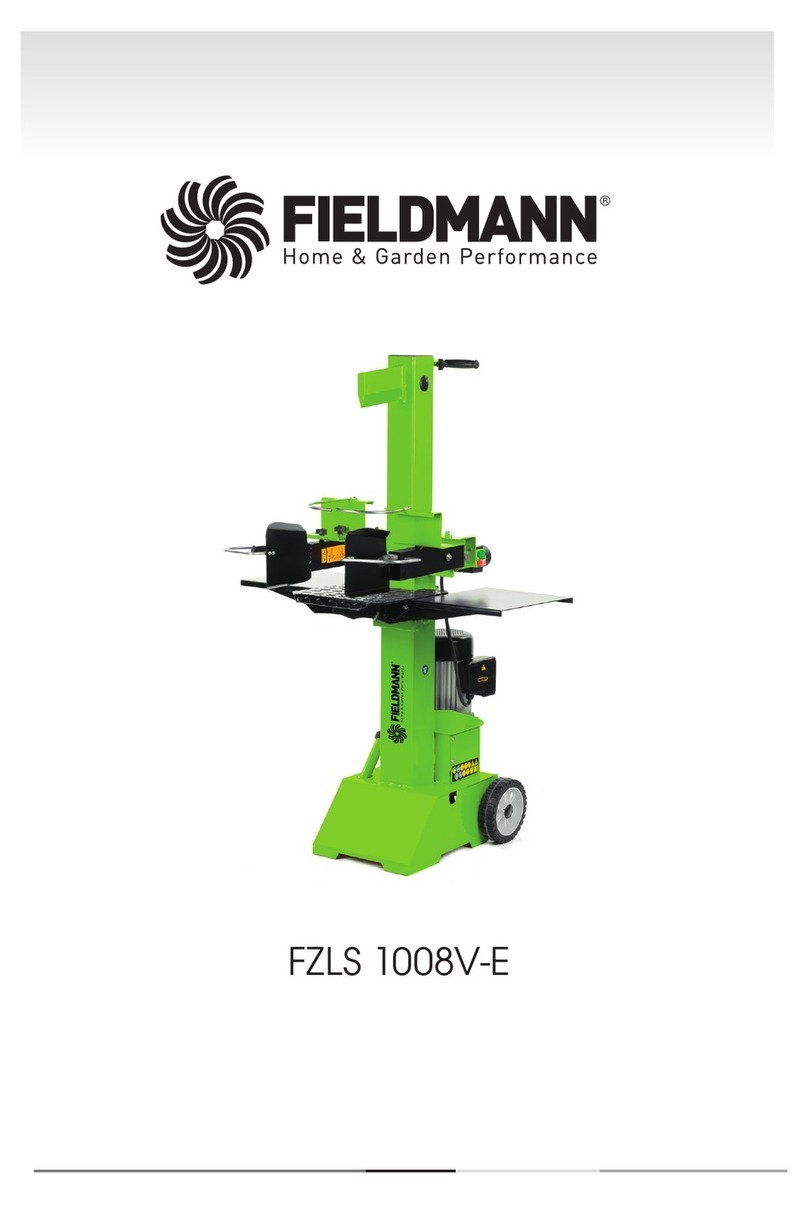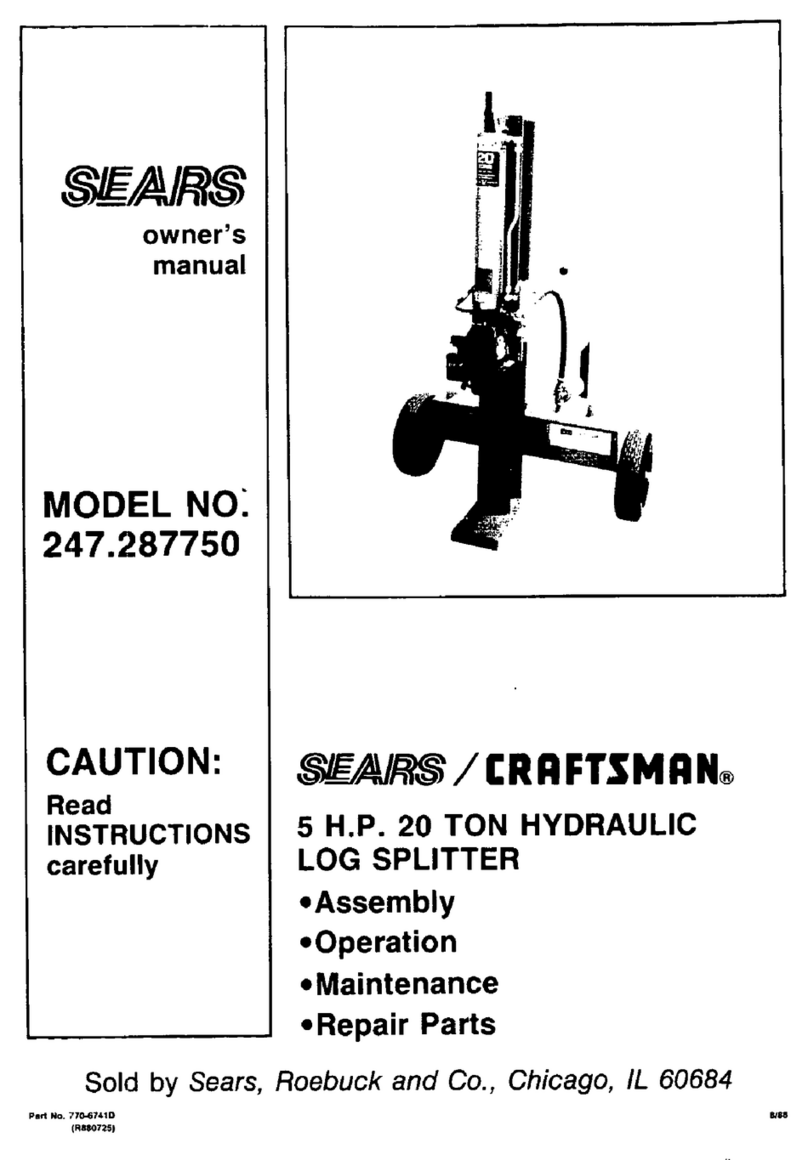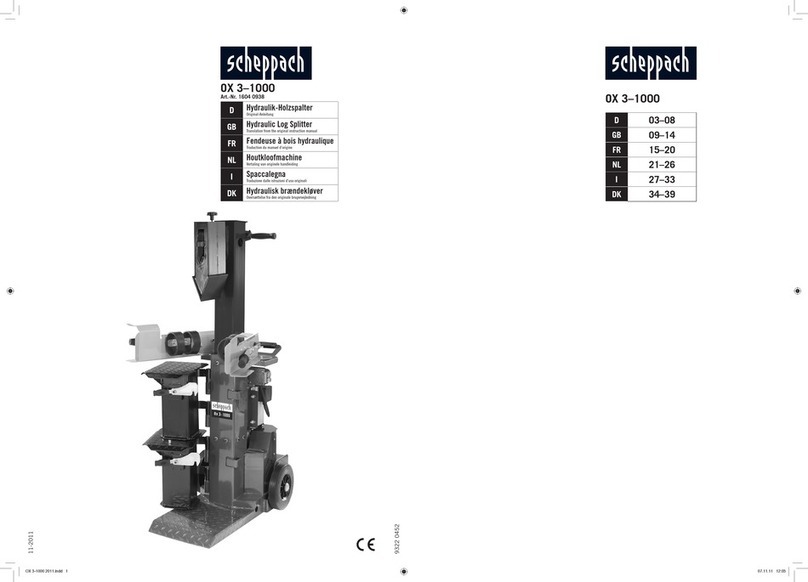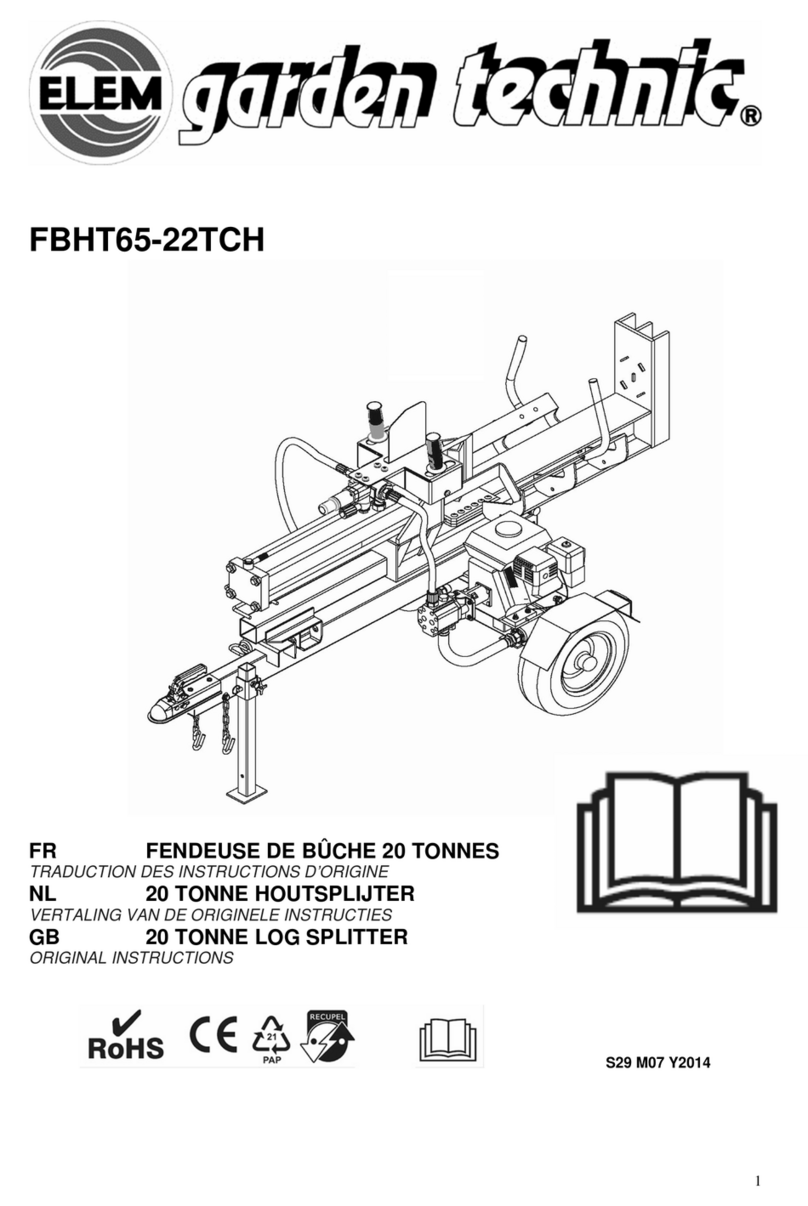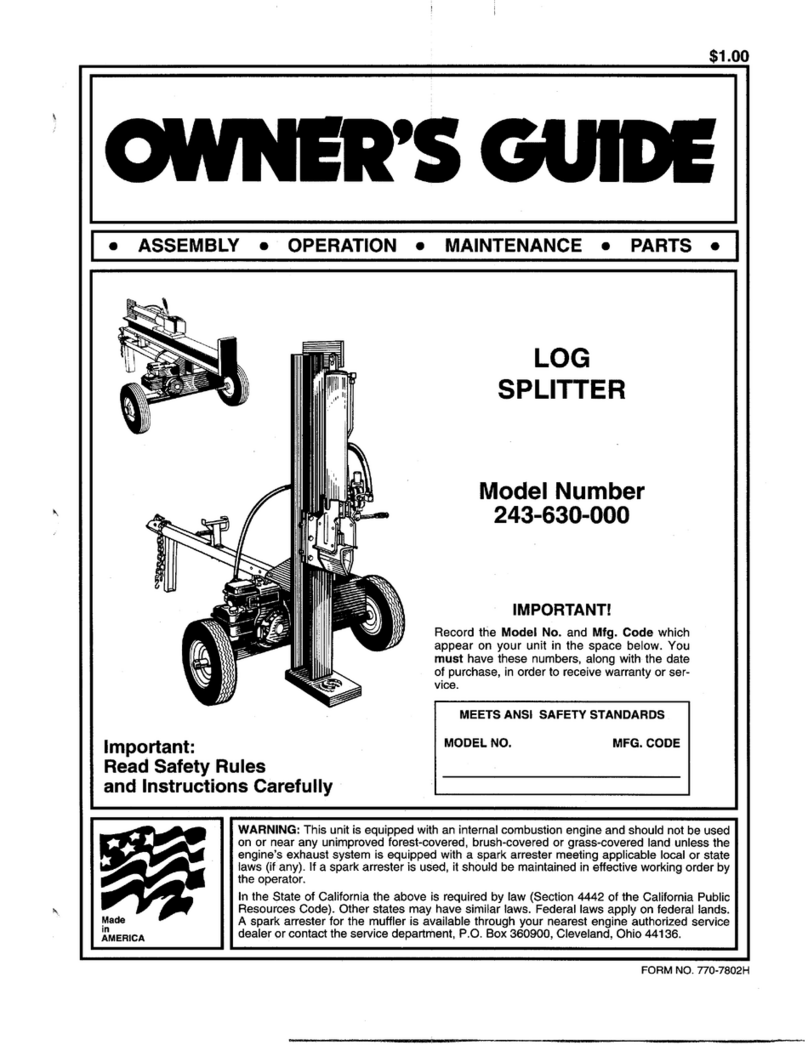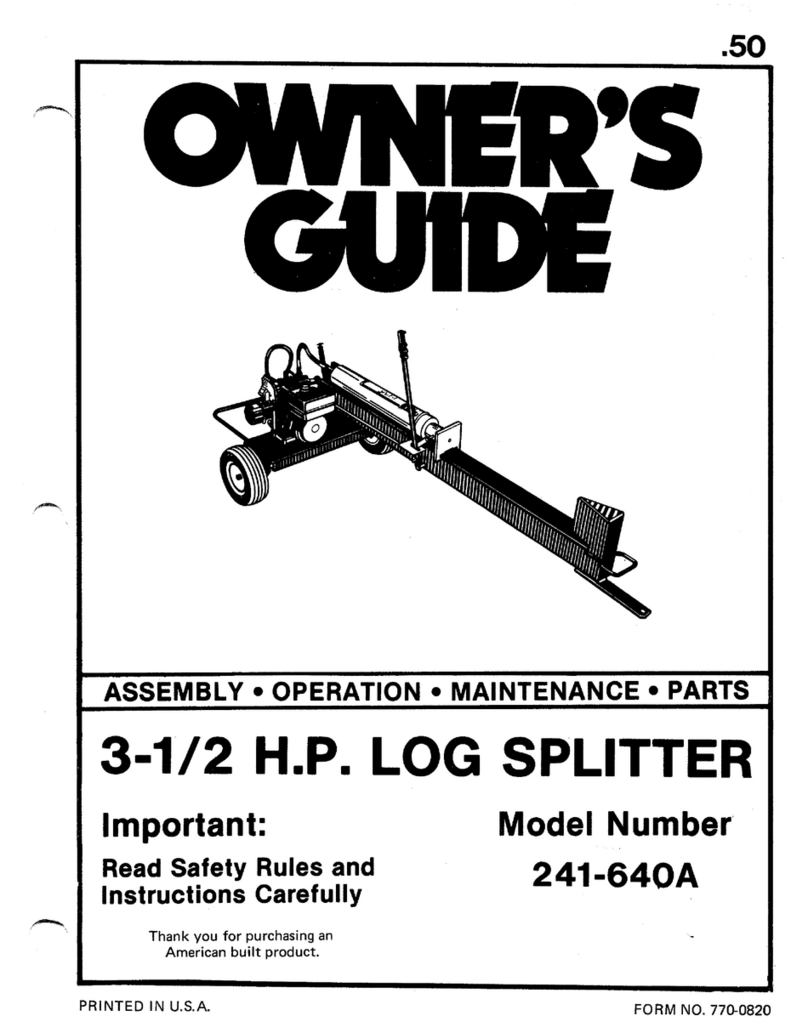
4
2.2 EQUIPMENT SAFETY GUIDELINES
1. Safety of the operator and bystanders is one
of the main concerns in designing and devel-
oping a machine. However, every year many
accidents occur which could have been
avoided by a few seconds of thought and a
more careful approach to handling equipment.
You, the operator, can avoid many accidents
by observing the following precautions in this
section. To avoid personal injury or death,
study the following precautions and insist
those working with you, or for you, follow
them.
2. In order to provide a better view, certain
photographs or illustrations in this manual
may show an assembly with a safety shield
removed. However, equipment should never
be operated in this condition. Keep all shields
in place. If shield removal becomes neces-
sary for repairs, replace the shield prior to
use.
3. Replace any safety sign or instruction sign
that is not readable or is missing. Location of
such safety signs is indicated in this manual.
4. Never use alcoholic beverages or drugs which
can hinder alertness or coordination while
operating this equipment. Consult your doctor
about operating this machine while taking
prescription medications.
5. Under no circumstances should young
children be allowed to work with this
equipment. Do not allow persons to
operate or assemble this unit until they
have read this manual and have developed
a thorough understanding of the safety
precautions and of how it works. Review
the safety instructions with all users annually.
6. This equipment is dangerous to children and
persons unfamiliar with its operation. The
operator should be a responsible, properly
trained and physically able person familiar
with farm machinery and trained in this
equipment's operations. If the elderly are
assisting with work, their physical limitations
need to be recognized and accommodated.
7. Use a tractor equipped with a Roll Over
Protective Structure (ROPS) and a seat belt.
8. Never exceed the limits of a piece of machin-
ery. If its ability to do a job, or to do so safely,
is in question - DON'T TRY IT.
9. Do not modify the equipment in any way.
Unauthorized modification result in serious
injury or death and may impair the function
and life of the equipment.
10. In addition to the design and configuration of
this implement, including Safety Signs and
Safety Equipment, hazard control and acci-
dent prevention are dependent upon the
awareness, concern, prudence, and proper
training of personnel involved in the operation,
transport, maintenance, and storage of the
machine. Refer also to Safety Messages and
operation instruction in each of the appropri-
ate sections of the Tractor and machine
Manuals. Pay close attention to the Safety
Signs affixed to the Tractor and the machine.
